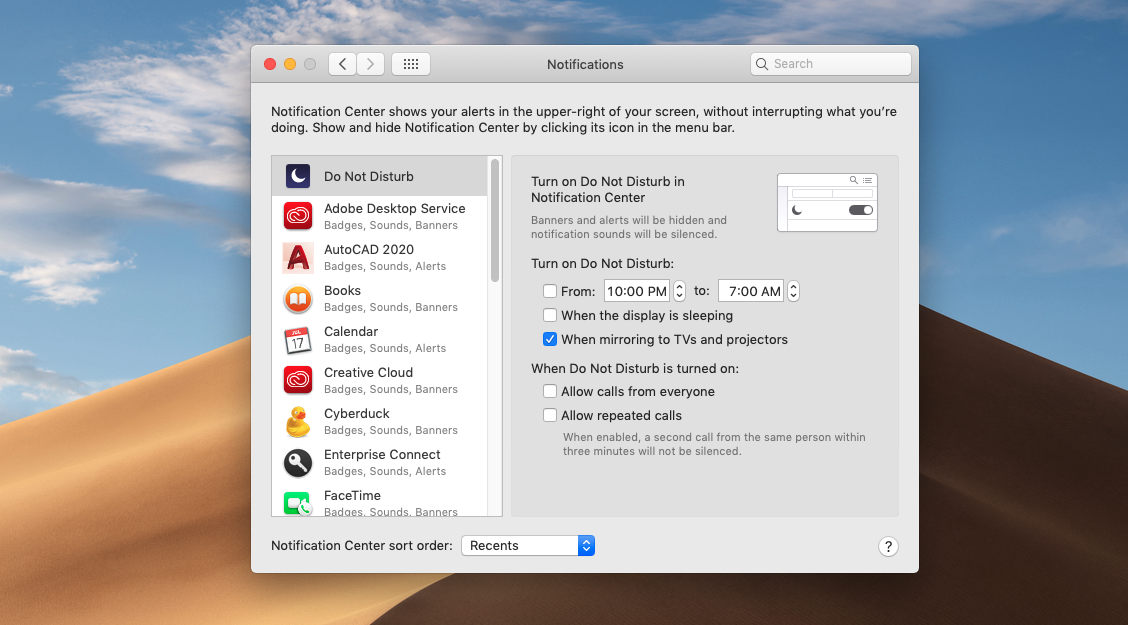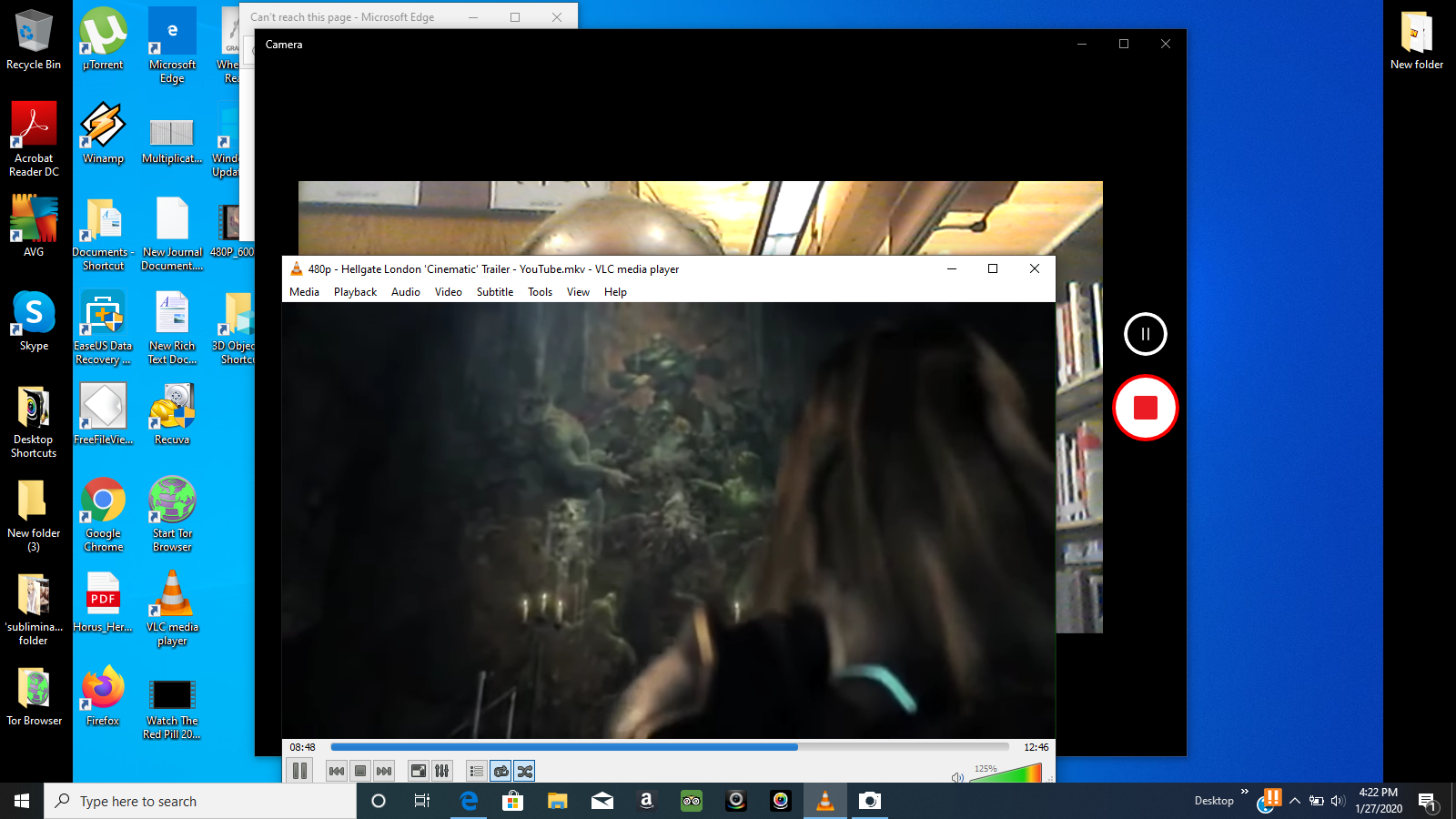- Why Won’t My iPhone Apps Open? Your iPhone apps won’t open because your iPhone has a software problem. When an app crashes, it usually doesn’t take the whole iPhone with it. Instead, you end up back on the Home screen, and the app terminates in the background. Most of the time, that’s enough to fix a software bug – but not always.
- As you can see, the Mac App Store was down for some users, and but now it is fixed. If this the case, there is little you can do. You’ll know when the service is working again. From the top menu bar, click Account and then Sign out. After signing out, sign back in. Open the App Store on your Mac and then click Store.
However, many people reported Photo app for failing to open photos and pictures. While some of them encounter an „Invalid value for Registry“ error, the others can‘t find the Photos app among „Open with“ app options. If you are facing the latter problem, then try to open photos using the following methods: Method 1. Restore Photo Viewer.
Fantastic experiences, special relationships, and super-cool items all need to be captured as memories, which is why photos are such an integral part of life. Now, if you've got a ton of photos on your iPhone, but they're not showing up on your Mac, so you can't back them up and store them, that can be a genuine problem.
But, there's no need to panic, because there are several solutions to this common problem, which you can check out below:
1. Check Whether iCloud Photo Library Is Enabled on iPhone
The first thing you should do is to double-check whether the iCloud Photo Library is enabled on both your iPhone, and your Mac. If not, only the images that are in the Camera Roll will show when you connect the device to your Mac. If iCloud Photo Library is enabled, the photos will be automatically stored in iCloud for safe keeping.
However, if you don't want to enable iCloud and have photos sent directly to the cloud, then you can just access them by going to the iCloud website and logging in.

2. Restart Your Mac and iPhone
If the first step isn't successful, then the old trick of restarting your iPhone, your Mac, or both may solve the issue. So, disconnect the phone from the computer, and reboot that device. Also, you'll want to fully shut down your Mac, and make sure that's been restarted. When you connect the phone back to the Mac, it may ask whether you want to 'trust this computer', to which you can just approve.
3. Update Your Mac OS and Photos/iPhotos
There's a strong chance that you might not have the latest operating system on your Mac, or the latest version of your photo management software (whether that be iPhoto, or a Photos App). Therefore, if they aren't up to date, they probably aren't going to function as they should do. Obtain the latest OS for your Mac, update your iPhoto or Photos App, and also check whether there are any updates available for your iPhone.
4. Rebuild iPhoto Thumbnails on Mac
If you're experiencing the issue at a different stage – you can view photos in your iPhoto library, but they won't display when you launch the app – then this will be aimed at you.
You'll need to make a backup of your iPhoto library, go to Finder > Application, and then select iPhoto but don't open it. Then, if you press Command + Option simultaneously, a pop-up window will appear. When it does, you can then select 'Rebuild Thumbnails', and relaunch the application.
Moreover, there's no guarantee that any of the four tips above will solve your problem, so what should you do if they, unfortunately, don't? Well, we're going to discuss another option which you can explore.
5. Transfer Photos from iPhone to Mac by iMyFone iTransor
This external piece of iPhone data transfer software is an excellent way to solve problems which other workarounds can't deal with. It's extremely simple to use, and most problems can be treated with just a couple of clicks. See what the program can do for you.
Key Features:
- Backing up iOS devices selectively or completely.
- Previewing and retoring backups to either merge backup with iPhone data or replace iPhone data with backup.
- Restoring backups as a whole or selectively (Contacts, Messages, WhatsApp and WeChat), it's all up to you.
- Previewing and exporting your data from backups or directly from iOS devices with latest iOS 14.
Here's exactly how to use it to transfer photos from your iPhone to Mac when the Photos or iPhotos app doesn't work on your Mac; before you start, you need to download, install and run the program.
Why Won't My Photos App Close On My Mac

Step 1. Connect your iPhone to iMyFone iTransor, and select 'Export from Device & Backup' and then click 'Export from Device'.
Step 2. On the next screen, you need to choose the data types that you would like to export, then click Scan and the program will begin to scan your device.
Step 3. Once the scanning finishes, you can preview the data in detail and select only what you need. Then tap Export and choose a format and a location for the data you want to export onto your computer to complete the whole process.
Step 4. Click Export and the program will begin the process (don't disconnect your device at this point). After a short while, it will state that it has successfully been exported, and will allow you to view them on your Mac.
With the four solutions we've outlined, plus the iMyFone iTransor iOS data transfer software(iOS 14 supported) that we've discussed, you should easily be able to view your photos on your Mac!
Oh, you can’t Import HEIC Photos to Mac? If yes, then you have come to the right page. Here, we have mentioned some solutions you can try to come out of this problem.
Recently, several users have reported that “can’t import HEIC photos to my iMac”. In fact, someone has also reported that “I use El Capitan and iPhone X with iOS 13. Photos I take with my iPhoto will not import into PHOTOS on my iMac. While the thumbnail appears, an alert exclamation is all I get. Only started with iOS 13!!”.
If you are also one of those users who can’t Import HEIC Photos to Mac, then you can refer to this guide. Here are some fixes that you can try so that your Mac can able to recognize HEIC photos.
How to Fix Can’t Import HEIC to Mac
For the first time, Apple is using HEIC (High-Efficiency Image Container) file or container to store HEIF (High-Efficiency Image File) images on iDevice running on iOS 11 or later. It is developed by the MPEG group. It truly takes less storage space to store images and approximately, the file size of this new file format is about half the file size of JPEG format without quality loss.
Sadly, you can’t import new HEIC photos on iMac, MacBook, and iMac Pro running macOS Sierra 10.12.5 or lower. If you try to do this, then you may get an error message saying “these items can’t be added to your Photo library because it may be an unrecognizable format or the files may contain invalid data”. The only way you can use to recognize HEIC photos on your Mac is to update your Mac OS to macOS High Sierra or later that supports HEIC images.
If you still want to import your HEIC photos to your Mac without updating your Mac, then luckily, there are some feasible ways you can try to fix this issue with ease.

Fix 1: Change “High Efficiency” to “Most Compatible” on iPhone
You can change image settings on your iPhone after updating your iPhone device version to iOS 11/12/13. You just have to change HEIF image format to most compatible JPEG format and after that, images you will take with your iPhone will save in JPEG format that your Mac can read.
Here are the steps on how you can do this:
Step 1. To begin the process, go to your iPhone settings and then, open “Camera” settings.
Step 2. Text, go to the “Formats” section and here choose the “Most Compatible” format.
How to Fix Can’t Import HEIC Photos to Mac – Fix 1
This feature will work for photos that are taken later. You have to use other ways of existing photos.
Why Won't My Photos App Open On Mac Desktop
Fix 2: Use iPhone Built-in JPG Converter
Luckily, there is a built-in JPG Converter on iPhone that automatically converts the HEIC images into the JPG format when you import it to your Mac.
Here are the steps on how you can do this:
Step 1. To begin the process, go to your iPhone settings and then, move to “Photos”.
Step 2. After that, choose “Automatic” in the Photo tab under “Transfer to Mac or PC”.
How to Fix Can’t Import HEIC Photos to Mac – Fix 2
Fix 3: Email HEIC Images
Another way you can try to import your iPhone HEIC images to your Mac is to email the HEIC image to yourself from iPhone. This will automatically convert HEIC images to JPEG format. After that, you can download HEIC images on your Mac by accessing your email account.
Why Won't My Photos App Open On Macbook
Fix 4: Try Different Cable or Port
You can try different USB cable or port if you fail to import HEIC images to your Mac even after using the above photos. There can be a possibility that a problem resides within the USB port or cable you are using to connect your iPhone to Mac.
Fix 5: Try AnyTrans for iOS to Import HEIC Photos to Mac
AnyTrans for iOS, as a professional data management software, which commits developing an easier file management life for iOS users. You can transfer any files you like from iPhone/iPad/iPod to Mac/Windows and mobile devices. Here are the steps to import HEIC photos to Mac:
Step 1. Download AnyTrans for iOS and run it on Mac > Connect your iPhone to Mac > Choose the Content to Mac.
Step 2. Click on the Photos Streams > Select the HEIC photos you want to import > Tap on the Mac icon to import.
How to Fix Can’t Import HEIC Photos to Mac – Fix 5
The Bottom Line
That’s all on the issue “can’t Import HEIC Photos to My iMac”. As HEIC i.e. new file format poses compatibility issues and that’s why it is better to convert this format into compatible format i.e. JPEG that works on every platform.